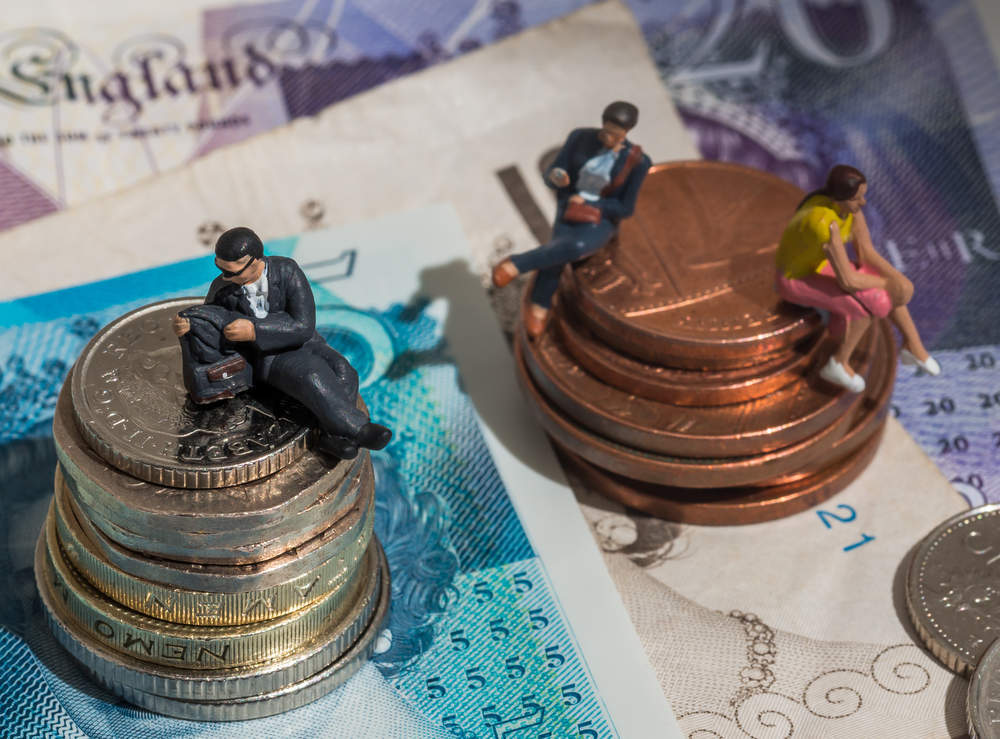
Today, 10 November, in the UK is Equal Pay Day — the day women in theory stop earning relative to men according to The Fawcett Society.
The day varies every year according to the actual pay gap, however it has remained the same for the last three years.
This year, thousands of women are using the #OutOfOffice to protest the gap, on the day they could be said to stop getting paid.
British women are on average underpaid in comparison to men, though the Equal Pay Act — brought in 47 years ago — means it is illegal to pay people differently for doing the same job.
Data from this year shows that the current gap stands at 13.9 percent, meaning on average women earn 86p for every man’s £1.
According to a recent report by the World Economic Forum, 2017 saw gender parity shift into reverse for the first time since the WEF began measuring it in 2006.
How well do you really know your competitors?
Access the most comprehensive Company Profiles on the market, powered by GlobalData. Save hours of research. Gain competitive edge.

Thank you!
Your download email will arrive shortly
Not ready to buy yet? Download a free sample
We are confident about the unique quality of our Company Profiles. However, we want you to make the most beneficial decision for your business, so we offer a free sample that you can download by submitting the below form
By GlobalDataAs a result of the widening gap, the WEF estimated it would take another 217 to close the gender pay gap. This is around 50 years longer than calculated last year.
Data published by Fawcett today showed that the gap varies across the course of a woman’s life.
For the year women in their twenties experience a pay gap at its lowest level of 5.5 percent, however, this reaches a level of 18.6 percent as women reach their fifties.
The gap also varies across industries.
Within finance and insurance, the level stands at 32.8 percent whereas administrative and support service workers experience a smaller gap at six percent.
Lady Barbara Judge, chairman of the Institute of Directors, said:
The further up most organisations you go, the fewer women you find, to the point where, at the top of the FTSE 100, there are still barely any female CEOs.
The number of women on executive committees of FTSE 100 companies has also stagnated in the last year, according to The Women on Boards review.
The gap is also wider for black, African and Middle Eastern women, with Fawcett finding that women from Bangladeshi and Pakistani backgrounds have a 26.2 percent aggregate pay gap with white British men, whilst black African women had a full-time pay gap of 19.6 percent.
The report said there are multiple causes for the gender pay gap, such as unequal caring responsibilities, undervaluing roles mostly done by women, discrimination, and the dominance of men in best paid positions.
The gap will persist unless there is significant action from government, business, and society.
What is being done to tackle the problem?
The Fawcett Society encourage employees to “have a conversation” about salaries, and getting employers to “sign a pledge of equal pay committing themselves to publishing the gender pay gap with an action plan to tackle it”.
New legislation will call for all companies to with more than 250 employees to report their gender pay gap by April 2018.
However, only 221 of around 9000 companies have reported their figure.
The Fawcett Society report said:
Businesses who are serious about tackling discrimination should conduct equal pay audits, going further into their data and the nature of job roles to make sure men and women are paid equal pay for work of equal value.
We need to challenge the segregation of men into higher-paying occupations and women into lower-paying occupations, starting with encouraging more women into science, technology, engineering, and mathematics subjects at school age. And we need to increase the value placed on – and wages paid for- roles which women are highly represented in, such as care work.







